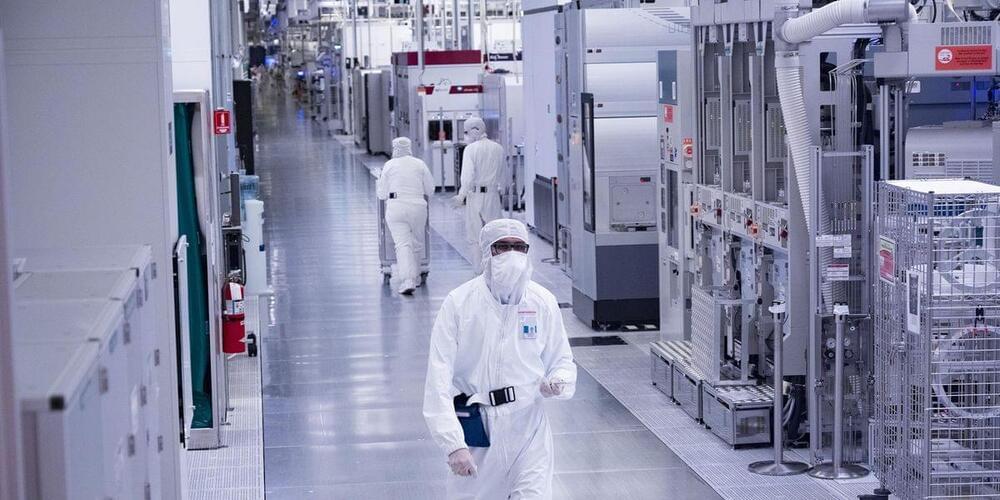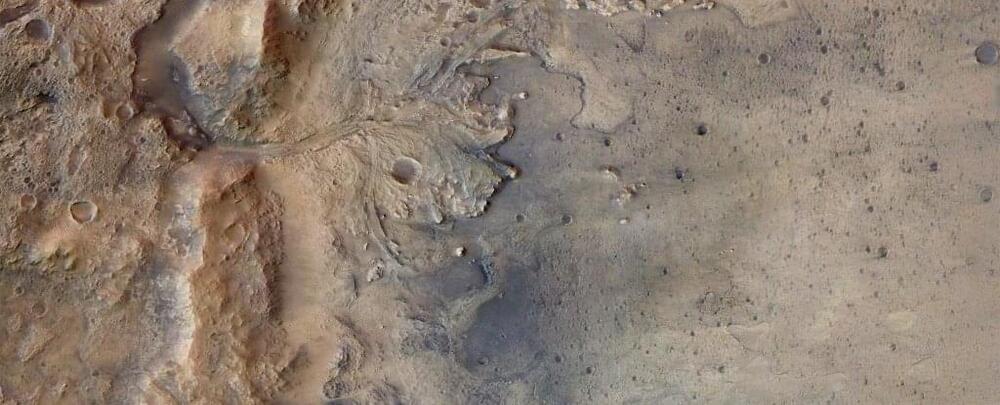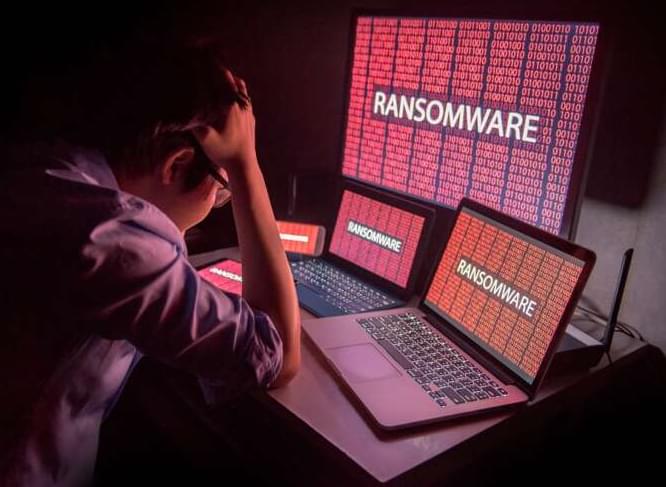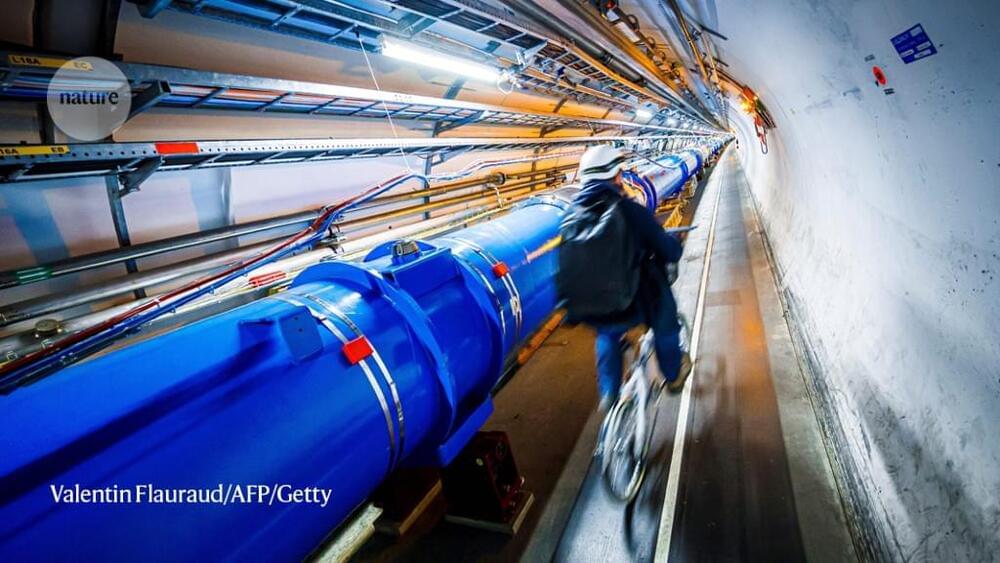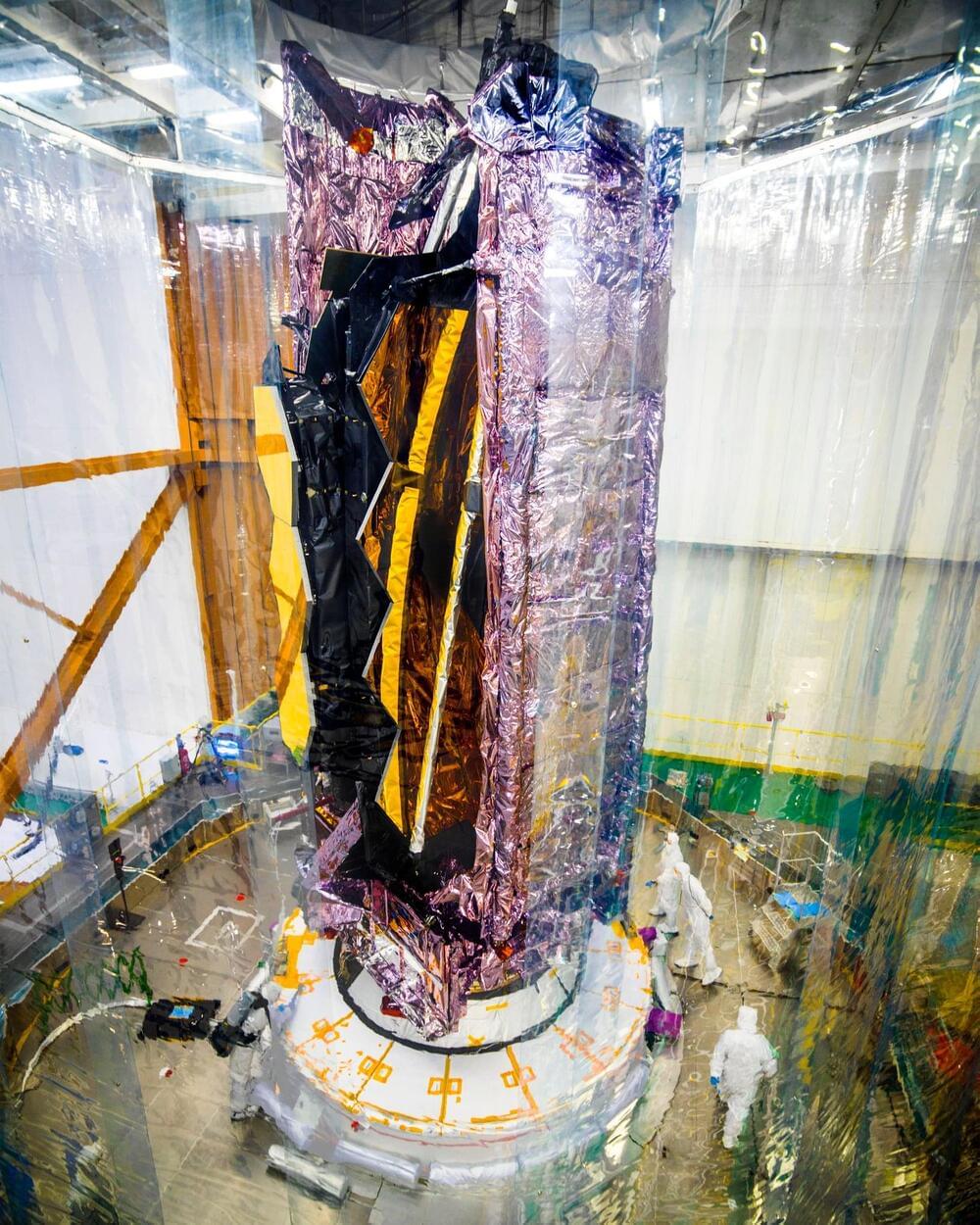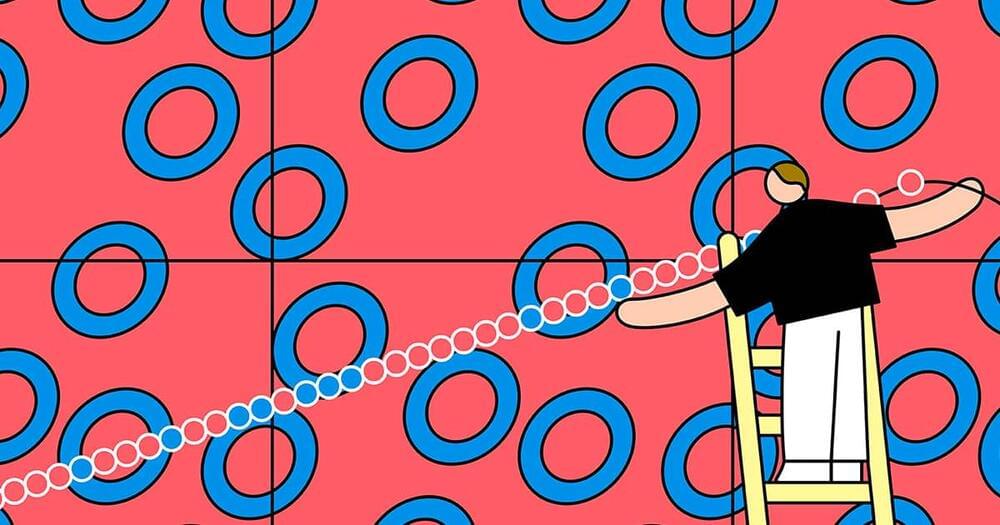Will this be the most exciting stretch of land in all of Central Texas in the coming years? It has investors and developers salivating.
Yet despite the chip giant’s manufacturing struggles, it still maintains nearly 90% market share in data-center chips, compared with AMD’s 10%, according to data from Mercury Research. Intel has lost more ground in desktop and laptop computers, holding onto 83% market share and 78% share respectively, with the remainder going mostly to AMD, according to Mercury data.
After years of hearing about these problems, Wall Street had largely written off the company’s manufacturing prowess. Investors expected the company to move to a hybrid approach to chip making, contracting more of its chip manufacturing to TSMC and potentially to Samsung. Some analysts suggested the company go as far as spinning out the manufacturing business, as AMD did with what is now known as GlobalFoundries years ago.
But weeks after Gelsinger took over, he announced that the company planned to double down on its manufacturing business in an effort to return Intel to its roots, including a bid to compete with TSMC as a contract manufacturer. Since his return to Intel after nearly nine years as chief executive of VMware, he has shaken up the company’s executive team. That includes re-hiring several notable Intel staffers, including Natarajan.
It hasn’t even been on Mars a full year, and NASA’s Perseverance rover is making excellent surprise discoveries.
Amid a number of findings announced this week at the American Geophysical Union Fall Meeting, scientists have revealed that the Jezero Crater formed from molten volcanic magma – and that organic molecules have been discovered in rocks and dust on the crater floor.
This is by no means evidence for life on Mars. Organic compounds are simply those that contain carbon-hydrogen bonds, and these can form by any number of non-biological processes. Indeed, organic compounds have been discovered on Mars before, both by the Curiosity rover and the Mars Express orbiter.
Created from five shipping containers, Debbie Glassberg’s home, constructed with the help of BNIM, is a dreamy, two-story residence that looks nothing like the containers it began life as. With two bedrooms, three bathrooms, a garden, and a patio, the home is obviously on the bigger side, but it’s such a luxurious and beautiful space that it truly deserves a tour.
Glassberg, an industrial designer who works for Mattel, wanted to create a sustainable, energy-efficient, affordable, and gorgeous home, so using shipping containers was the right idea. The planet-friendly home uses features like geothermal heating and plant foam insulation to lessen its carbon footprint. The home is drenched in color, and each room has its own feel, creating a stylish, chic setting for everyday life. From the moment you enter the home, it’s evident that someone who knows about style lives here.
2021 will be remembered as a significant year for the cyber security industry. With the pandemic accelerating digital transformation, the threat landscape was in constant flux. Major ransomware attacks demonstrated not just their impact on businesses, but wider society too. As we look ahead to 2022, the only constant in our industry is uncertainty in the cyber realm, but here are a few of our predictions for next year, based on trends we’re already seeing emerge.
Ransomware.
Omicron, Moon missions and particle physics are among the themes set to shape research in the coming year.
The mathematician Ben Green of the University of Oxford has made a major stride toward understanding a nearly 100-year-old combinatorics problem, showing that a well-known recent conjecture is “not only wrong but spectacularly wrong,” as Andrew Granville of the University of Montreal put it. The new paper shows how to create much longer disordered strings of colored beads than mathematicians had thought possible, extending a line of work from the 1940s that has found applications in many areas of computer science.
The conjecture, formulated about 17 years ago by Ron Graham, one of the leading discrete mathematicians of the past half-century, concerns how many red and blue beads you can string together without creating any long sequences of evenly spaced beads of a single color. (You get to decide what “long” means for each color.)
This problem is one of the oldest in Ramsey theory, which asks how large various mathematical objects can grow before pockets of order must emerge. The bead-stringing question is easy to state but deceptively difficult: For long strings there are just too many bead arrangements to try one by one.
“Specialists of the Central Military District’s search/rescue and parachute service have been relocated in full to the Republic of Kazakhstan to provide for the safe landing of the Soyuz MS-20 descent capsule with space tourists from Japan on its board,” the press office said in a statement.
The Central Military District has redeployed additional personnel from the Chelyabinsk Region in the Urals to bolster the basic group that provided for the safe launch of the Soyuz spacecraft. In particular, about 50 more rescuers have been redeployed to Kazakhstan together with eight Mi-8 helicopters and two PEM-1 and PEM-2 ‘Blue Bird’ search and evacuation vehicles, the statement says.
Overall, the search and rescue operation to provide for the safe landing of the Soyuz MS-20 descent module involves about 200 rescuers, 12 Mi-8 helicopters, two An-12 planes and an An-26 aircraft and over 20 motor vehicles, including six pieces of ‘Blue Bird’ rescue and evacuation equipment.
The prospect of Starship making its mark on the Space Coast entered another level this week when NASA revealed it would conduct environmental assessments on LC-49 to support Starship launch and landing operations.
With SpaceX already confirming they will restart work on a Starship pad inside 39A, the potential of a second site at LC-49 could provide a considerable increase in Starship launch cadence from the Kennedy Space Center (KSC).

